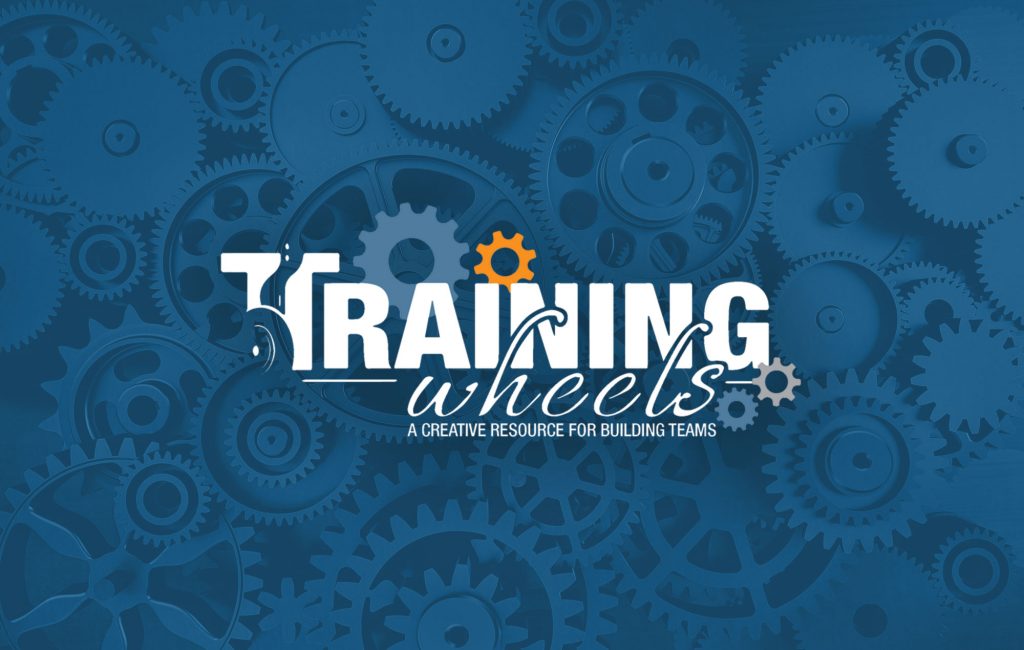
Let Participants be Creative!
I love watching the creative process unfold. There is something just magical that happens with a good brainstorming session. I love giving a group a task with a limited number of resources and then as them to create something new. The creative juices that get flowing are almost palpable!
Recently I worked with the staff from a local women’s shelter. In their needs assessment, they asked me to utilize activities that would challenge the staff to get creative with their emotions. They also wanted the group to come up with at least 5 different ideas on how to practice listening and other communication skills as well that would benefit them in the workplace.
I decided to dust off some activities once shared with me by one of my colleagues, Linda Williams. When she worked at Training Wheels, she lead a workshop called Improvisation as a Facilitation Tool. She used simple tools that we have in the Training Wheels repertoire, like the Emotion Mania Thumball, as the props for some of the improv activities. Here is an example of one of the activities I did with this group:
Many improv exercises that are designed to build communication, creativity, and trust skills among groups challenge 2 players to “act out” scenes inspired by a suggestion from the audience. After a minute or two, one of the 2 players is replaced by a new player and a new scene begins. In this particular workshop, we played a version of “Freeze Tag” which generally starts with 2 people “playing a scene” inspired by a suggestion from the audience. After 30 seconds to a minute of the scene, a third participant yells “freeze” which the 2 players do, and the participant 3 takes one of their places and starts a brand new scene. Instead of making it all up, we used the Emotion Mania Thumball in our version of Freeze Tag. We did ask the “audience” for a suggestion of a place where these two participants could be. Then, the thumball was tossed to Player 1 who looked under one of her thumbs at the emotion stated on the ball (she didn’t tell anyone else what it said). She then had to “play” the scene with Player 2 as though she was experiencing the emotion. Player 2’s challenge was to figure out the emotion while having a “real” conversation and then work it into the scene (as opposed to simply guessing the emotion). When Player 2 correctly identified the emotion (as in “That seems to have made you really JEALOUS, Mary”), Player 1 tossed the thumball to Player 2 and a new participant joined in the game.
The staff had such a blast with this activity. They laughed until their sides hurt! When we debriefed the experience, they all talked about how much they had learned and how they could adapt and apply this activity to the work they do with their clients. Letting them be creative with the process gave them so much more ownership of the experience, and they were much more invested in the process as well.

Founder / Facilitator / Big Wheel of Training Wheels